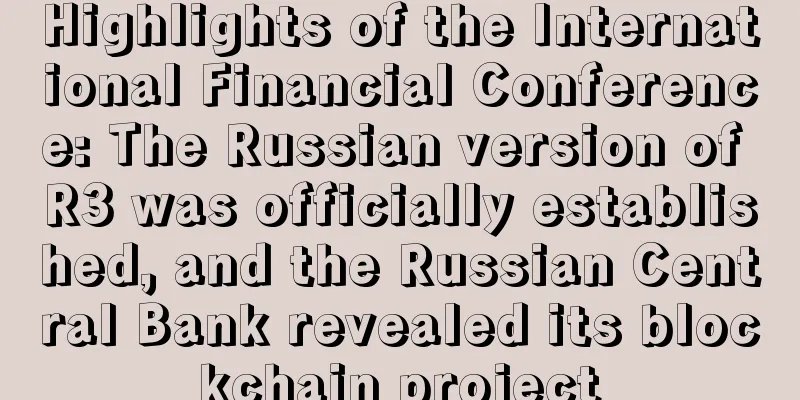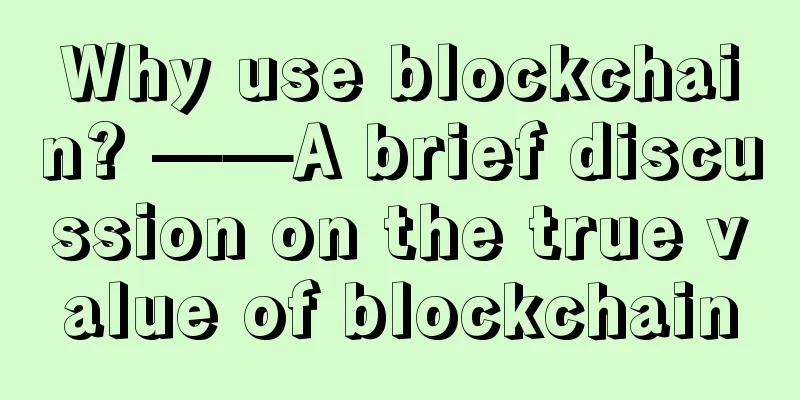ChainAnchor project was criticized by Bitcoin developers, MIT responded that the project has nothing to do with Bitcoin

|
A blockchain project developed by MIT researchers was harshly criticized this week by Bitcoin Core developer Peter Todd, although the authenticity of the claims has been denied by participants in the project and the incident has attracted a lot of attention within the Bitcoin community. It happened on April 21, when Peter Todd published an article on his personal blog about a “leaked manuscript” from the MIT scientific research project ChainAnchor. In the blog post, Todd condemned the project for what he concluded was a plan to “bribe” bitcoin miners by incentivizing those entities not to process transactions, making the participants unidentifiable.
However, these comments have also sparked criticism of MIT from members of the Bitcoin community, with some users even trying to encourage miners to ensure that they would not support this type of scheme. MIT responded to the criticism in a statement today and publicly criticized the blog post for lacking factual basis. An MIT spokesperson said:
The university provided a link to the ChainAnchor project and an updated white paper dated April 17. In contrast, Todd’s slides and images were dated in February, and while they were similar to the MIT version, there were some major changes. For example, the ChainAnchor paper positions the project as addressing “the problem of identity and access control in a shared permissioned ledger .” In addition, the paper shows that although the system was inspired by Bitcoin, it does not run on the Bitcoin blockchain. Todd's CriticismThe release of the white paper appears to call into question elements of Todd’s criticism, as the project is intended to be used on a public blockchain and is associated with a public mining entity in Todd’s article. “When you anticipate anti-money laundering (AML) regulation, there is not a good technical reason to put regulated transactions on the bitcoin network,” he told reporters. He went on to point out that even if the system is intended for a private network, the dangers of such an architecture potentially being used on a public blockchain like Bitcoin are still worth considering.
He also added:
MIT's responseAs for MIT, the university reiterated its support for the bitcoin network, but the school also said that the nature of ChainAnchor is similar to that of consortiums such as R3 , and that such permissioned blockchain systems may require new ways to establish trust.
Such a system could serve as a way to make permissioned blockchains more compatible with anti-money laundering (AML) and know-your-customer (KYC) regulations, the spokesperson said. Original article: http://www.coindesk.com/mit-dismisses-bitcoin-developer-criticism-project-proposal/ |
<<: TransferWise CEO: Bitcoin is dead
Recommend
Former US Treasury Secretary said at Consensus 2016: Blockchain can succeed without Bitcoin
Former US Treasury Secretary Larry Summers partic...
The development and opportunities of the next generation of DeFi automated market makers
The evolution of exchanges For most people, the f...
British media: Bitcoin mining reveals first death
Original title: British media: Bitcoin mining rev...
How to read physiognomy and fortune telling with pictures
Since ancient times, physiognomy has been used fo...
Can people with full foreheads live a life of wealth and have a harmonious family?
The present life is always the most important to ...
A mole on the upper right corner of the mouth indicates
Some people seem to have a face full of moles, wh...
Judging whether a person is healthy from his/her appearance
In fact, we can get a preliminary understanding o...
How are people with almond eyes popular? Do they have good luck in love?
Although popularity and romantic luck are two dif...
A diagram of fortune-telling based on the facial features of men's nasolabial lines
Nasolabial folds are two lines extending from the...
Blockchain won’t just change regulation, it will reshape the SEC
After Trump won the US presidential election, the...
Analysis of the face of a man with an upturned nose who is known as the "money-scattering boy"
What is the personality of a man with an upturned...
What kind of people are luckier the fatter they are?
What kind of people are luckier the fatter they a...
Six points about a woman's marriage line
When everyone reaches a certain age of marriage, ...
Complete palmistry illustrations: These three types of men are either rich or noble, are you one of them?
Hands are body organs that we use very frequently ...
Is it good for a woman to have a mole under her nose? What does a mole under a woman’s nose mean?
Will a mole on a woman’s face affect her fortune?...









